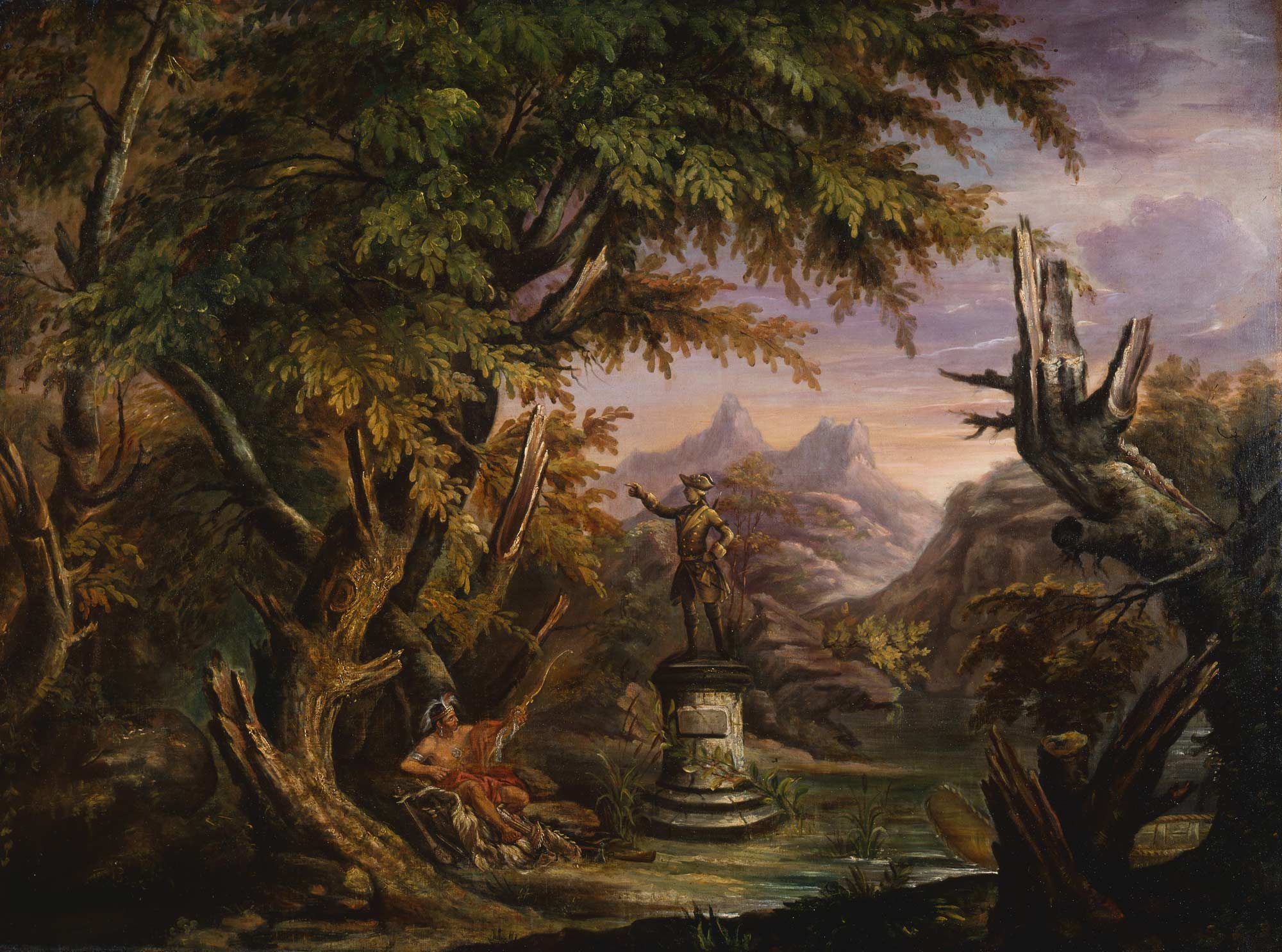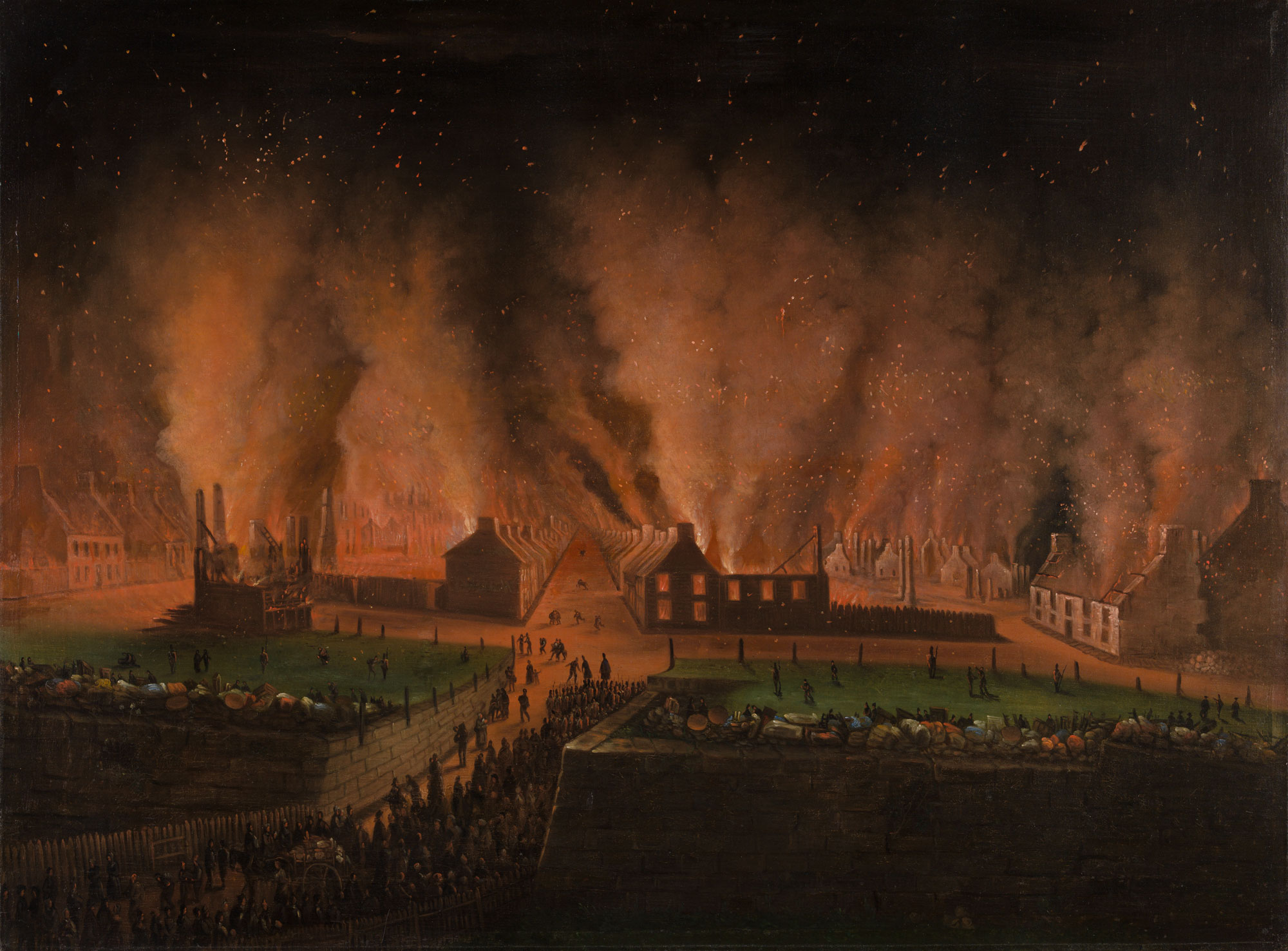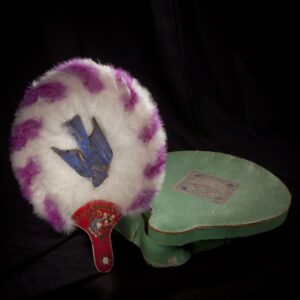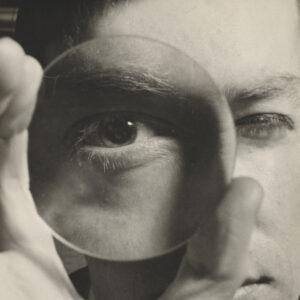Joseph Légaré (1795–1855)

Joseph Légaré, Paysage au monument à Wolfe (Landscape with Monument to Wolfe), c.1845
Oil on canvas, 132.4 x 175.3 cm
Musée national des beaux-arts du Québec, Quebec City
As the Québécois artist undoubtedly most attuned to the ideas and events of his time, Joseph Légaré was a dominant figure in the capital during the first half of the nineteenth century. He started as an artisan painter but went on to have a prolific career as a fine artist. Regarded as the father of landscape painting in Quebec City, he was also recognized as an astute collector.
In 1812, a teenage Légaré completed his apprenticeship in the workshop of a painter and glazier. Five years later, he turned to the European pictorial tradition, studying the seventeenth- and eighteenth-century masters through his work restoring the religious paintings of the Desjardins Collection. The young artist gave these works a second life by restoring them and creating copies to adorn the walls of chapels and Catholic churches throughout Lower Canada.
Légaré’s work as a copyist broadened his knowledge and inspired his pursuit of novel subjects for his paintings. Le massacre des Hurons par les Iroquois (The Massacre of the Hurons by the Iroquois), 1827–28, exemplifies this approach. This was the artist’s first large-scale work and the first significant secular painting in Canada, and its originality earned him a medal from the Société pour l’encouragement des sciences et des arts en Canada in 1828. The piece depicts the Haudenosaunee (formerly called the Iroquois in New France) persecuting Christianized people during the fur trade in New France in the late 1640s. The drama unfolds within a Romantic landscape, set against a backdrop of nature illuminated by nocturnal light that intensifies the horror of the assault in the foreground. The piece shows how artists of Légaré’s time were torn between the myths of the “barbaric savage” and the “noble savage” in their portrayals of Indigenous Peoples. Légaré perpetuates these stereotypes while interpreting them through the lens of a history painter. The figures are rendered in classical nudity, in heroic poses borrowed from European paintings. His stylistic and iconographic sources include Charles Le Brun (1619–1690), Salvator Rosa (1615–1673), and Raphael (1483–1520), whose works were widely disseminated at the time through engravings that Légaré collected.

In his lifetime, Légaré painted approximately two hundred works, more than half of which were original compositions covering a wide range of subjects. The art historian John R. Porter calls him an innovator in the landscape genre and the first Canadian landscape painter to draw inspiration from the vision of English topographers. Légaré was well acquainted with James Pattison Cockburn (1779–1847), who may have influenced his preference for the genre. Légaré created landscapes that focus solely on Quebec City’s natural scenery, an interest that also appears in his historically themed compositions, such as Paysage au monument à Wolfe (Landscape with Monument to Wolfe), c.1845. In this work, an Indigenous figure, draped in a robe like a hero from classical antiquity, lies in a lush landscape that appears wild and uninhabited—save for the Wolfe monument, which dominates the centre of the scene.
Légaré’s sense of history and interest in current events drove him to become a chronicler of his time. He depicted some of the disasters that afflicted Quebec City and its people between the 1830s and 1850s, including the cholera epidemic of 1832, the Cap Diamant rockslide of 1841, and the fires in the Saint-Jean and Saint-Roch districts in 1845, among other events. The originality of Légaré’s art lies in its strong social and political undertones, reflecting both the man and his active role in the city. A well-known nationalist, Légaré participated in the Lower Canada Rebellion in 1837, which led to his brief imprisonment. He later opposed the union of Upper and Lower Canada and took active roles in city government.
Légaré’s work assembling a notable art collection is as significant to the city as his immense contribution as a painter. Beginning in the 1820s, he started acquiring paintings, initially from the Desjardins Collection and later from various sources, as well as a vast number of prints. By the time of his death in 1855, his collection comprised more than a thousand works, including 162 paintings of Canadian and European art. From this extensive collection, Légaré established three successive painting galleries in the city’s Upper Town between 1833 and 1872. These galleries laid the groundwork for Canada’s first art museum, the Pinacothèque at Université Laval, which opened in 1875.

 About the Author
About the Author
 More Online Art Books
More Online Art Books
 Acknowledgements
Acknowledgements